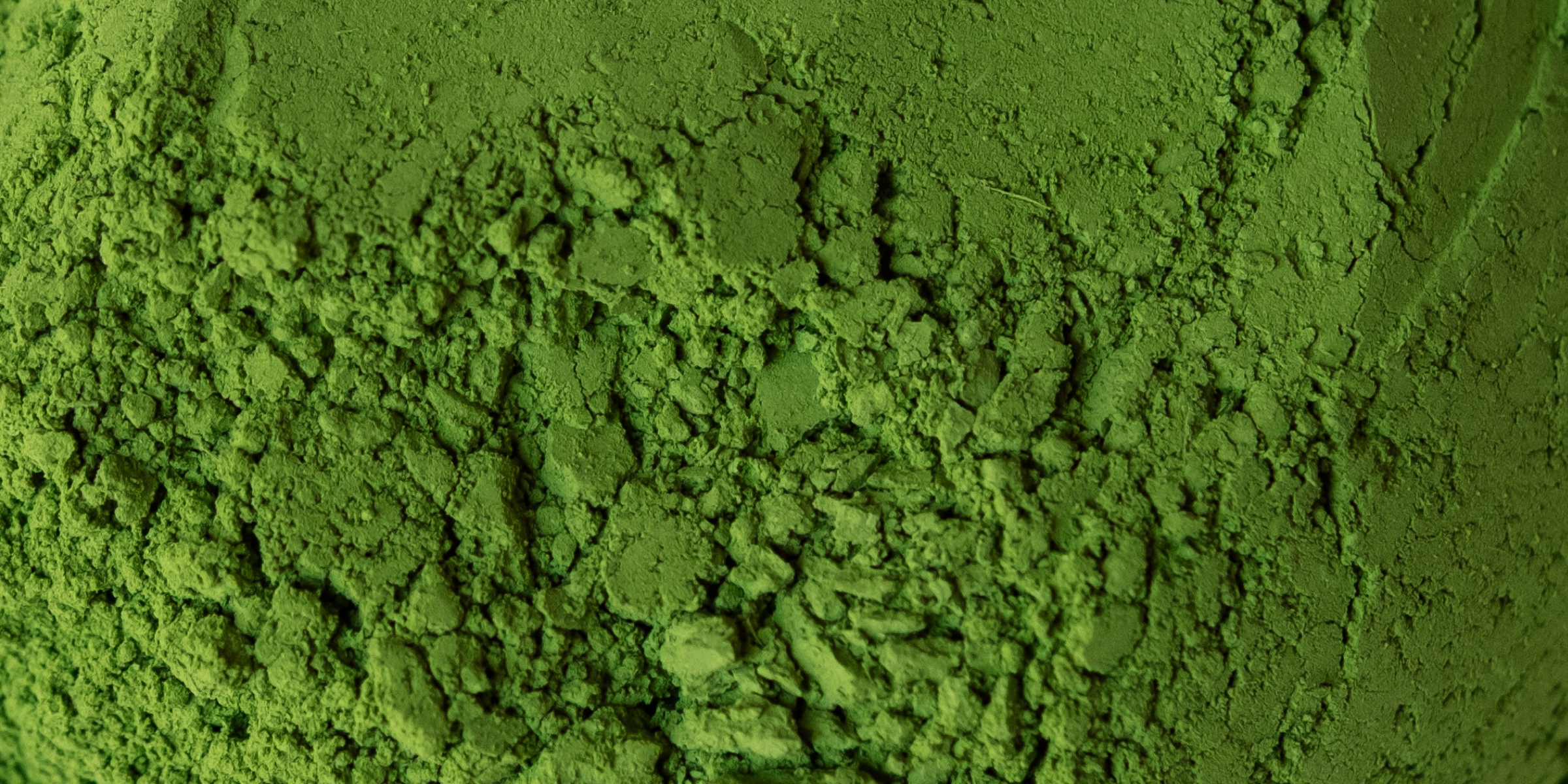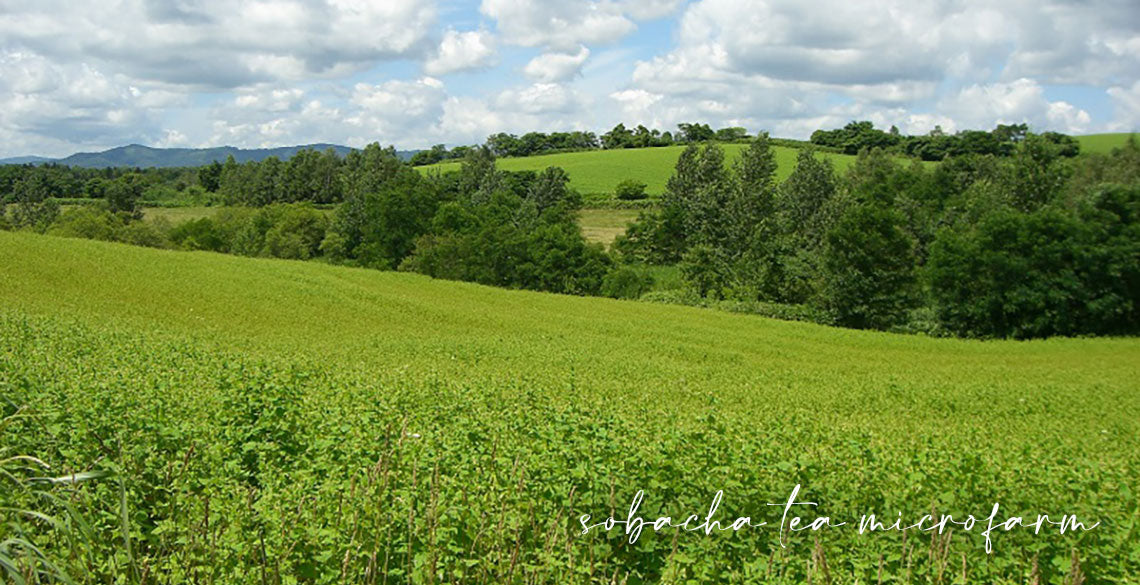
Matcha: Instagram trend: A Ritual Becoming a Lifestyle
Matcha has travelled a long way - from the quiet temples of Zen monks to becoming one of the most visible drinks of our time. What once was a meditative ritual in Japan is now a symbol of wellness, aesthetics, and mindful living across the world.
Why Matcha?
Matcha is not just another green tea. Before harvest, tea bushes are shaded to concentrate amino acids, especially L-theanine. Leaves are then steamed, dried, and carefully ground into a fine, silky powder. Unlike other teas, Matcha is consumed in its entirety, leaf and all - which means more nutrients, more antioxidants, and a richer, deeper taste. Science confirms what tradition has known for centuries: Matcha is high in catechins (EGCG), L-theanine, natural caffeine, and chlorophyll - a composition that supports calm, focused energy.
The Matcha trend
In 2025–2026, the matcha trend continues to grow worldwide. On TikTok and Instagram, billions of views make Matcha one of the most shared drinks. The vibrant green, the frothy whisked surface, the ritual of preparation - Matcha is as photogenic as it is meaningful. But it is not only about visuals. The matcha trend reflects something deeper: a global desire for balance, presence, and healthier choices. More and more people are turning to Matcha as a natural alternative to coffee - for steady energy, clarity of mind, and a small daily ritual that feels grounding.
Matcha is not the same everywhere
Today, Matcha can come from different origins - most commonly from Japan and China. But there is a fundamental difference.
In Japan, tea masters preserve the authentic tradition:
- Which part of the leaf is used - the youngest, most tender leaves create the smoothest powder.
- When it was harvested - the first spring harvest (ichibancha) produces the most prized teas.
- Cultivar (variety) - cultivars such as Samidori and Okumidori are highly valued for their balance of umami and sweetness.
- How it was picked - hand-picked leaves ensure selectivity, while machine harvesting lowers precision.
- Processing precision - careful steaming, drying, and fine milling result in vibrant color, delicate aroma, and a clean taste.
In China, what is often sold as “matcha” is in fact powdered green tea. The difference is crucial: instead of using tencha leaves and traditional processing, ready-made green tea is simply milled into powder. This results in a duller color, more bitterness, less L-theanine, and fewer of the characteristic health properties of true Japanese Matcha.
That’s why, if you want to truly experience Matcha as a cultural ritual and a source of balance for your body and mind, you should always choose authentic Japanese Matcha.

Our approach at Estradora
At Estradora, we work directly with Japanese tea gardens. This gives us access to specific cultivars and allows us to select Matcha that truly reflects its origin.
Our expertise lies in choosing teas that are vivid in color, silky in texture, and authentic in taste - carefully crafted Matcha that respects Japanese tradition while meeting the needs of today’s mindful lifestyle.
Recognizing high-quality Matcha
Color: bright, fresh green
Texture: soft, almost weightless powder
Aroma: naturally sweet, with fresh and umami notes
Taste: smooth, balanced, without harsh bitterness
The ritual today
The matcha trend in 2025/2026 is not just about following what is popular. It is about slowing down. About choosing a drink that connects centuries of Japanese craft with a modern lifestyle.
Matcha has become a part of daily life for millions - a mindful pause, a small green ritual, a way to start the day with clarity.
Explore our Matcha
At Estradora, we offer only the highest quality Matcha from Japan, along with traditional tea accessories: bamboo whisk(chasen), whisk holder (naoshi), bowl (chawan).
Everything you need to bring this ritual into your everyday life.

